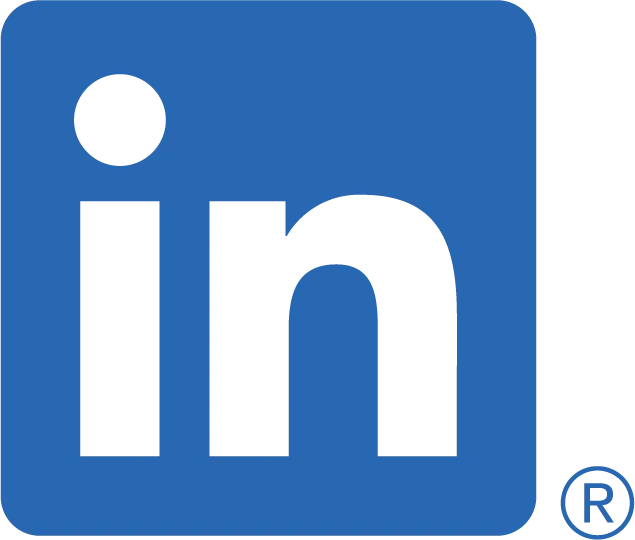OUR BLOG!

Emerging Technology in Global Nursing Care: A Double-Edged Sword
In the ever-evolving world of healthcare, we are constantly witnessing the birth of new and innovative technologies that transform nursing care delivery settings across the globe. These novel, intelligent, immersive, and connected technological advances are not only redefining our approach to patient care but also shaping the future of nursing as a profession. However, while these advancements bring numerous benefits, they also come with their own set of challenges.
The Bright Side of Technological Advancements
One of the most significant advantages of technology in nursing care is its potential to enhance patient outcomes. For instance, telemedicine has made it possible for nurses to provide care to patients in remote areas, thereby reducing health disparities1. Similarly, electronic health records (EHRs) have streamlined documentation, ensuring that patient information is accurate, up-to-date, and easily accessible2.
Another benefit of technology is its role in improving communication within the healthcare team. With the help of tools like instant messaging and video conferencing, nurses can collaborate more effectively with other healthcare professionals, leading to improved patient care3.
Moreover, technology has played a pivotal role in enhancing nursing education. Through simulation-based learning, nurses can gain hands-on experience in a controlled and safe environment, which helps them to improve their clinical skills4.
Lastly, technology has also been instrumental in reducing the workload for nurses. By automating routine tasks, nurses can focus more on patient-centered care, thereby improving job satisfaction5.
The Flip Side of Technological Innovations
Despite the numerous benefits, the integration of technology in nursing care is not without its drawbacks. One of the main concerns is the issue of data security. With the increasing use of digital platforms, patient data is at risk of being breached, which can lead to serious consequences6.
Another challenge is the steep learning curve associated with these technologies. Not all nurses are technologically savvy, and adapting to new systems can be time-consuming and stressful7.
Moreover, the reliance on technology can sometimes lead to depersonalization of care. While virtual consultations can provide convenience, they lack the personal touch that is often crucial in the healing process8.
Additionally, the high cost of implementing and maintaining these technologies can place a significant financial burden on healthcare institutions9.
In conclusion, while the advent of technology has undoubtedly transformed nursing care delivery settings globally, it is important to balance its use with traditional nursing values. As we move forward, it will be essential to continuously evaluate these technologies to ensure that they truly enhance patient care and do not compromise the human touch that lies at the heart of nursing.
Footnotes
Scott Kruse, C., Karem, P., Shifflett, K., Vegi, L., Ravi, K., & Brooks, M. (2018). Evaluating barriers to adopting telemedicine worldwide: A systematic review. Journal of Telemedicine and Telecare, 24(1), 4–12. https://doi.org/10.1177/1357633X16674087 ↩
Menachemi, N., & Collum, T. H. (2011). Benefits and drawbacks of electronic health record systems. Risk Management and Healthcare Policy, 4, 47–55. https://doi.org/10.2147/RMHP.S12985 ↩
O’Connor, S., Andrews, T. (2018). Smartphones and mobile applications (apps) in clinical nursing education: A student perspective. Nurse Education Today, 69,172-178. https://doi.org/10.1016/j.nedt.2018.07.002 ↩
Hayden, J. K., Smiley, R. A., Alexander, M., Kardong-Edgren, S., & Jeffries, P. R. (2014). The NCSBN national simulation study: A longitudinal, randomized, controlled study replacing clinical hours with simulation in prelicensure nursing education. Journal of Nursing Regulation, 5(2), S3-S40. https://doi.org/10.1016/S2155-8256(15)30062-4 ↩
Carayon, P., & Gurses, A. P. (2008). Nursing Workload and Patient Safety—A Human Factors Engineering Perspective. In R. G. Hughes (ed.), Patient Safety and Quality: An Evidence-Based Handbook for Nurses. Rockville (MD): Agency for Healthcare Research and Quality (US). https://www.ncbi.nlm.nih.gov/books/NBK2657/ ↩
Kruse, C. S., Frederick, B., Jacobson, T., & Monticone, D. K. (2017). Cybersecurity in healthcare: A systematic review of modern threats and trends. Technology and Health Care, 25(1), 1–10. https://doi.org/10.3233/THC-161263 ↩
Gagnon, M. P., Desmartis, M., Labrecque, M., Car, J., Pagliari, C., Pluye, P., Frémont, P., Gagnon, J., Tremblay, N., & Légaré, F. (2012). Systematic review of factors influencing the adoption of information and communication technologies by healthcare professionals. Journal of Medical Systems, 36(1), 241–277. https://doi.org/10.1007/s10916-010-9473-4 ↩
Green, T., Hartley, N., & Gillespie, N. (2017). Service provider’s experiences of service separation: The case of telehealth. Journal of Service Research, 20(3), 334–348. https://doi.org/10.1177/1094670517706161 ↩
Adler-Milstein, J., & Jha, A. K. (2017). HITECH Act Drove Large Gains In Hospital Electronic Health Record Adoption. Health Affairs, 36(8), 1416–1422. https://doi.org/10.1377/hlthaff.2016.1651 ↩



